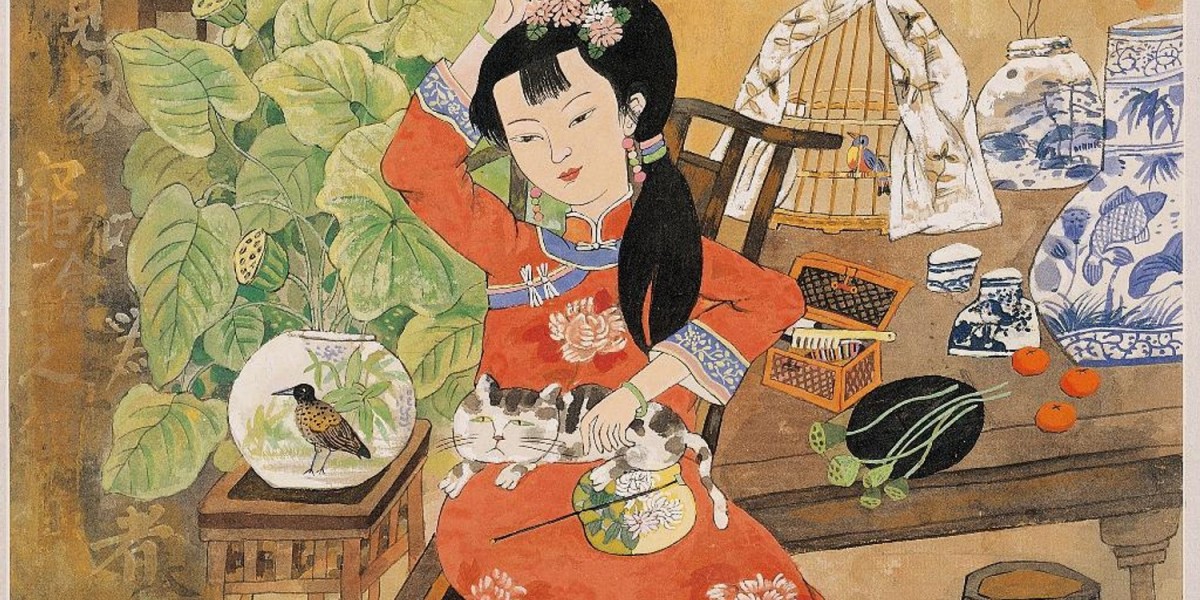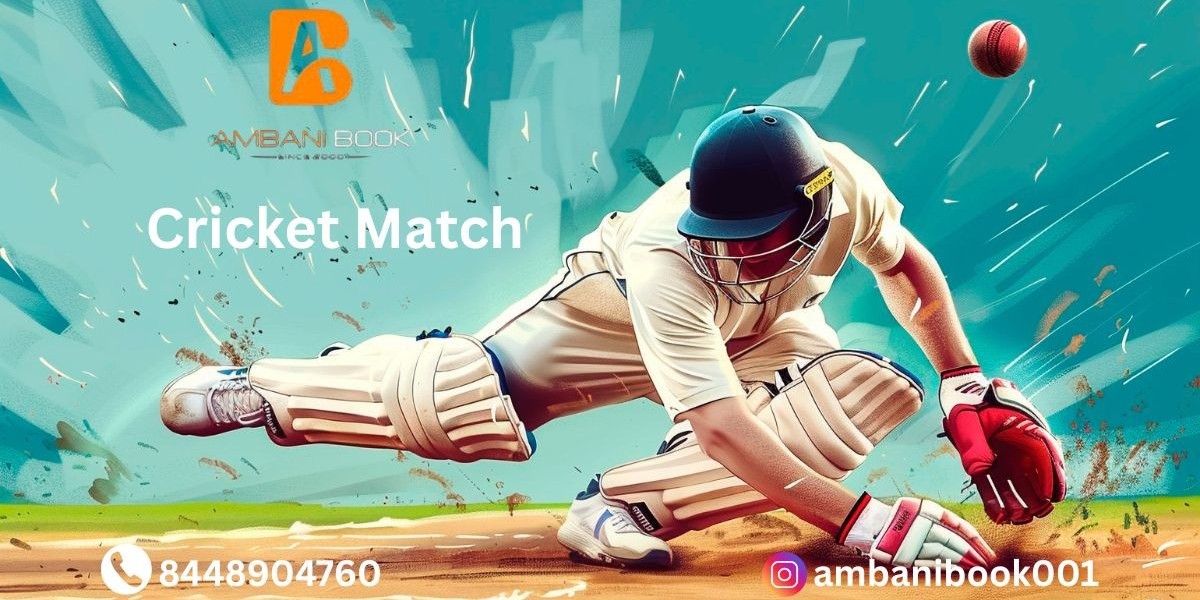Art has always held a central place in Chinese culture, deeply reflecting the nation’s values, beliefs, philosophies, and history. From ancient times to the modern era, Chinese art has evolved through dynasties, influenced by spiritual, political, and social changes, yet it has always retained a strong emphasis on harmony, nature, symbolism, and craftsmanship.
Traditional Chinese art includes painting, calligraphy, sculpture, ceramics, jade carving, and embroidery. One of the most distinctive features of Chinese art is its integration with nature and philosophy. For instance, Daoism and Confucianism greatly influenced artistic themes. Daoist art often emphasizes nature’s balance and the beauty of the natural world, while Confucian ideals appear in the form of moral storytelling and reverence for family, society, and education.
One of the earliest forms of Chinese artistic expression was bronze casting during the Shang Dynasty (c. 1600–1046 BCE). These ritual bronzes were used in ancestral worship and were beautifully engraved with symbolic motifs such as dragons and tigers. During the Han Dynasty (206 BCE – 220 CE), tomb murals and ceramic figures became popular, showing scenes of daily life, immortality, and cosmology.
Perhaps the most iconic development in Chinese art is ink and brush painting, which flourished during the Tang (618–907) and Song (960–1279) dynasties. These paintings often depicted landscapes, birds, flowers, and animals—not merely for realism, but as expressions of emotion, philosophy, and poetry. Artists aimed to capture the “spirit” of a subject rather than its physical likeness. This style of painting, combined with calligraphy, became a scholarly pursuit and was practiced by literati as a form of spiritual and intellectual expression.
Calligraphy, in particular, is considered one of the highest forms of Chinese art. Unlike in the West, where writing is primarily functional, Chinese calligraphy is admired for its aesthetic beauty. The brushstrokes, rhythm, and flow of the characters reflect the artist’s inner world and mastery of technique.
Another essential component is Chinese ceramics, especially porcelain, which became highly prized both domestically and internationally. The Ming (1368–1644) and Qing (1644–1912) dynasties saw a golden age of porcelain production, with fine blue-and-white designs becoming world-famous.
Modern Chinese art has embraced new forms like photography, digital media, and installation art, yet traditional styles remain influential. Many contemporary Chinese artists fuse ancient motifs with modern themes, reflecting China’s rapid development and global interaction.
In conclusion, Chinese art is a vibrant reflection of the country’s cultural identity and historical journey. It weaves together spirituality, nature, philosophy, and technical excellence. Whether through ancient bronzes, delicate ink paintings, or innovative modern installations, Chinese art continues to inspire and evolve, carrying forward the rich legacy of one of the world’s oldest continuous civilizations.








